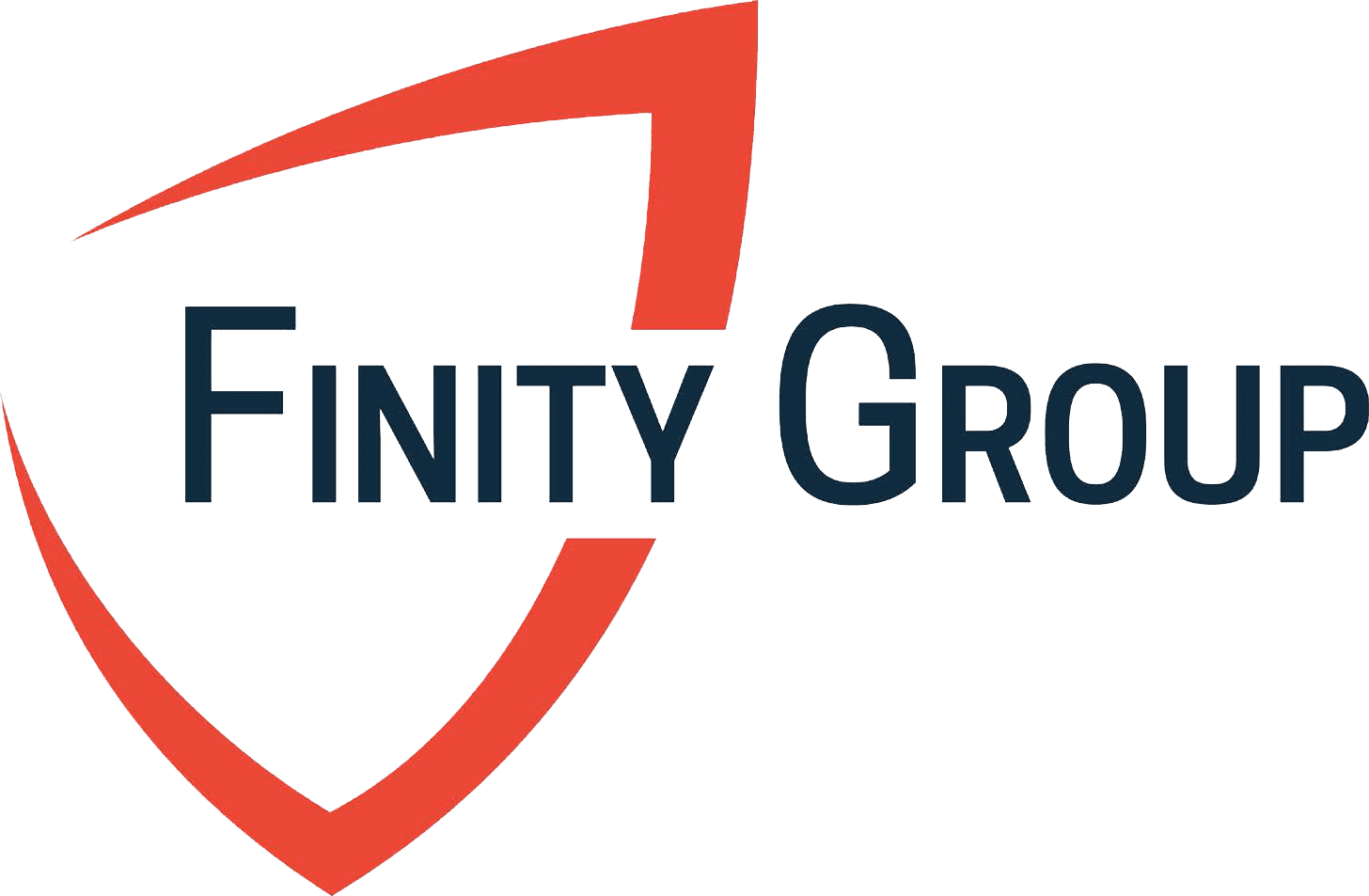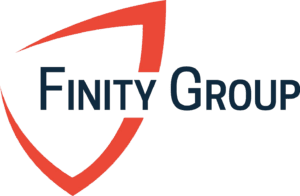Written by: Derek Melvin
If you are one of the millions of borrowers currently enrolled in the Saving on a Valuable Education (SAVE) repayment plan or pursuing federal student loan forgiveness, this has likely been a challenging past few years. With multiple loan servicing changes, new income-based-repayment plans, and now mounting legal issues, this has been an extremely confusing and frustrating landscape for many borrowers.
At this moment, there are still a lot more questions than answers. Couple the items listed above with an administration change coming in the new year, we are likely still months away from receiving a clear direction of where loan repayment and federal loan forgiveness is headed.
With that said, hopefully this article can at least give you clarity on where things stand for now.
Saving for a Valuable Education (SAVE) Repayment Plan
The SAVE repayment plan, introduced in August of 2023, took over for the old REPAYE income-based-repayment plan. The SAVE plan offered lower minimum payments and an interest subsidy for many borrowers. Millions of people who were already on the REPAYE plan along with new borrowers were enrolled in the SAVE plan throughout the past year or so.
Due to a federal court injunction in 2024 preventing parts of the SAVE plan and other income-driven-repayment plans, the plan is now completely paused, meaning that you cannot enroll in the SAVE plan as a new borrower. The plan has been placed in a forbearance period, where no payments are required.
Payments and Interest Paused for SAVE Plan Borrowers
For borrowers currently enrolled in SAVE, you are not required to make minimum payments of any amount while on administrative forbearance. There is also no interest accruing on your loans during this period of forbearance.
As of last week, the Biden administration extended the interest free forbearance period for what is expected to be at least 6 months. This is the only timeline we have for now, as forbearance could extend past that period.
SAVE Forbearance and PSLF
For all borrowers who are pursuing Public Service Loan Forgiveness (PSLF), these periods of forbearance do not count towards PSLF. Unlike the COVID forbearance, in which all $0 payments did indeed count towards PSLF, these periods will not. Please see the section below regarding the “buyback” language currently listed on the Federal Student Aid website.
For borrowers who are not pursuing PSLF, this may actually be a good thing as payments are not required and no interest is accruing on your loans. You are able to hang tight to see what happens with the repayment plans moving forward without having to worry about interest accruing on your loans. Of course, we expect to have to repay these at some point, so it is still a good idea to begin coming up with a plan to pay these back once payments and interest resume.
If you would like to discuss your student loan situation and what may be the best option for your repayment plan, reach out to us to speak with one of our financial advisors.
Public Service Loan Forgiveness (PSLF) Buyback
If you are a borrower that is in pursuit of PSLF, there is currently language on the Federal Student Aid website that suggests that there will be an opportunity to “buyback” PSLF qualifying payments that were missed due to this SAVE forbearance period.
Here is a breakdown of how the current program works:
You can now buy back certain months in your payment history to make them qualifying payments for PSLF. Specifically, you can buy back months that don’t count as qualifying payments because you were in an ineligible deferment or forbearance status.
You can buy back these months only if
- you still have an outstanding balance on your loan(s),
- you have approved qualifying employment for these same months, and
- buying back these months will complete your total of 120 qualifying PSLF payments.
The buyback opportunity is only available to you if you already have 120 months of qualifying employment and buying back months in forbearance or deferment would result in forgiveness
Under the current language, the cost of each PSLF qualifying payment that you make is calculated based on what your income was in the year the payment would have been made. Therefore, the payment theoretically would be the same as it would have been, not based on present day income.
If you would have been at 120 qualifying payments before the SAVE forbearance, visit the Federal Student Aid website for instructions.
Unfortunately, this buyback program is not protected by law. The buyback provision, along with a few other things to make loan forgiveness easier, was enacted through the Department of Education and not part of the original law, meaning this can be changed with new department policies. Therefore, your guess is as good as mine with the longevity of the buyback provision with the new administration.
Other Options for SAVE Borrowers
The U.S. Department of Education has reopened the online application for other for other income-driven repayment plans, such as the Pay As You Earn (PAYE) Repayment Plan and the Income-Based Repayment (IBR) Plan.
With that said, changing to a new plan can be challenging, with large delays from the U.S. Department of Education. These periods while your loans are in limbo switching to a new repayment plan will likely not count towards PSLF and will not be “buyback” eligible. Once you switch to a new repayment plan, payments and interest will resume. You will also likely be required to recertify your income, which can greatly increase your minimum payments if you have had a recent increase in income.
Summary
Unfortunately, there is no right answer on which path is best for people pursuing PSLF because of the uncertainty with each option. The way the “buyback” is currently laid out, it would be advantageous in most cases to stick with the SAVE plan and pay for any missed payments while you were on this mandatory paused. With the “buyback” program not protected, that makes things a lot less clear on which way to proceed.
The downside in switching repayment plans is that we do not know how long it will take your loans to transition, and that can cause you to miss qualifying payments. Also, interest will resume, and your payments may drastically increase if you have had an increase in income since you last updated your income with the loan servicer.
Ultimately, it is a waiting game for now until we receive more direction from the U.S. Department of Education. Be sure to check your emails and login to your loan servicers website for any updates received.
If you have questions on the best repayment plan, one of our financial advisors would be glad to take a look at your full financial picture and discuss next steps.
Related Blog Posts:






